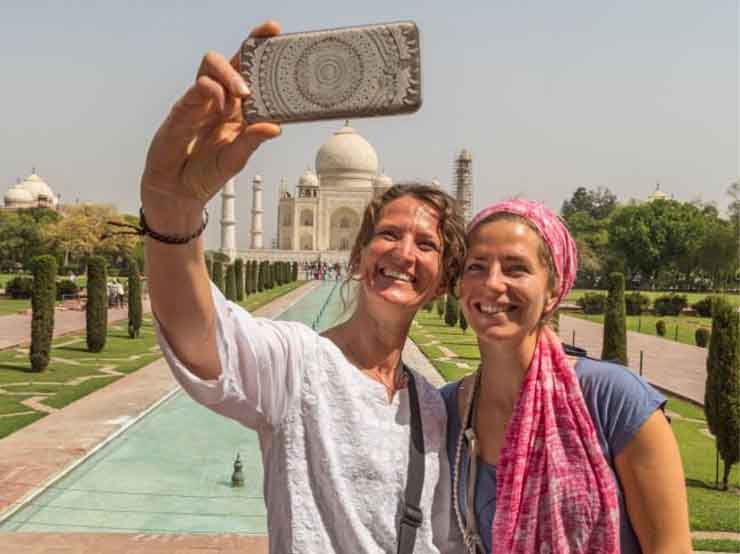The Taj Mahal, India’s crown jewel and one of the Seven Wonders of the World, attracts millions of visitors every year. As one of the most iconic and recognizable landmarks globally, it has always been a place of wonder, romance, and historical pride. However, with such prestige also comes the responsibility of ensuring the safety of visitors and preserving this priceless monument. In recent years, security at the Taj Mahal has become tighter than ever — and for good reason.
Growing Need for Enhanced Protection
The Taj Mahal is not only a symbol of love but also a UNESCO World Heritage Site that draws tourists from every corner of the globe. With such massive crowds daily, ensuring public safety has become a top priority. Indian authorities have significantly increased security measures to prevent potential threats, vandalism, or overcrowding that could endanger both the monument and its visitors.
Multi-Layered Security Checks
Visitors to the Taj Mahal today experience a much more organized and thorough screening process. Multiple security checkpoints have been installed at the entrances, where all visitors are required to undergo baggage scans and metal detector screenings. Security personnel carefully inspect bags to prevent the entry of restricted items such as food, sharp objects, tripods, or drones.
Separate entry lines for men and women help maintain order and speed up the checking process. In addition, electronic surveillance and CCTV cameras cover almost every inch of the complex, ensuring constant monitoring by security staff.
Technology Meets Tradition
Modern technology now plays a vital role in maintaining safety at the Taj Mahal. High-definition cameras, biometric systems, and even drone surveillance (used in certain zones) are helping authorities monitor large crowds efficiently. Night vision cameras and motion sensors add an extra layer of protection after visiting hours.
These updates ensure that while the Taj Mahal’s timeless charm remains untouched, the systems protecting it are state-of-the-art.
Protection for the Monument Itself
Security is not only about protecting people — it’s also about preserving the monument. Pollution control, crowd management, and strict visiting schedules all play a role in protecting the delicate white marble structure. Authorities have imposed limits on the number of daily visitors and have even introduced specific time slots for viewing to reduce congestion during peak hours.
Visitor Safety and Comfort
While the increased security might feel strict at first glance, it ultimately enhances every visitor’s experience. Clear signage, trained guards, and a strong security presence create a sense of reassurance, allowing visitors to explore freely without concern.
There are also measures in place for emergency response — from first-aid centers to rapid-action teams prepared to assist visitors when needed.
Planning Your Visit
If you’re planning to witness the Taj Mahal’s breathtaking beauty in person, it’s best to be prepared. Arrive early, carry only essential items, and follow the instructions of security officers for a smooth experience.
The easiest and safest way to plan your visit is by booking your tickets online through TicketsTajMahal.com — the trusted platform for hassle-free entry reservations. By booking ahead, you can skip long lines, choose your preferred visiting slot, and enjoy a seamless experience from start to finish.
Final Thoughts
Enhanced security at the Taj Mahal reflects India’s commitment to preserving one of humanity’s greatest architectural masterpieces. These measures not only protect the monument but also ensure that every visitor can enjoy its beauty in peace and safety.
So, when you visit, embrace the extra precautions as part of the care and respect this global treasure deserves. And remember — book your official tickets at TicketsTajMahal.com to make your trip smooth, secure, and unforgettable.










Comment (0)